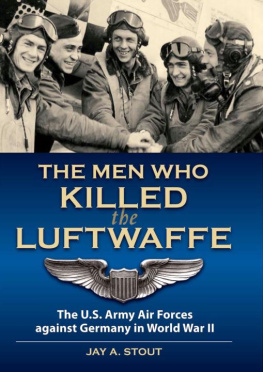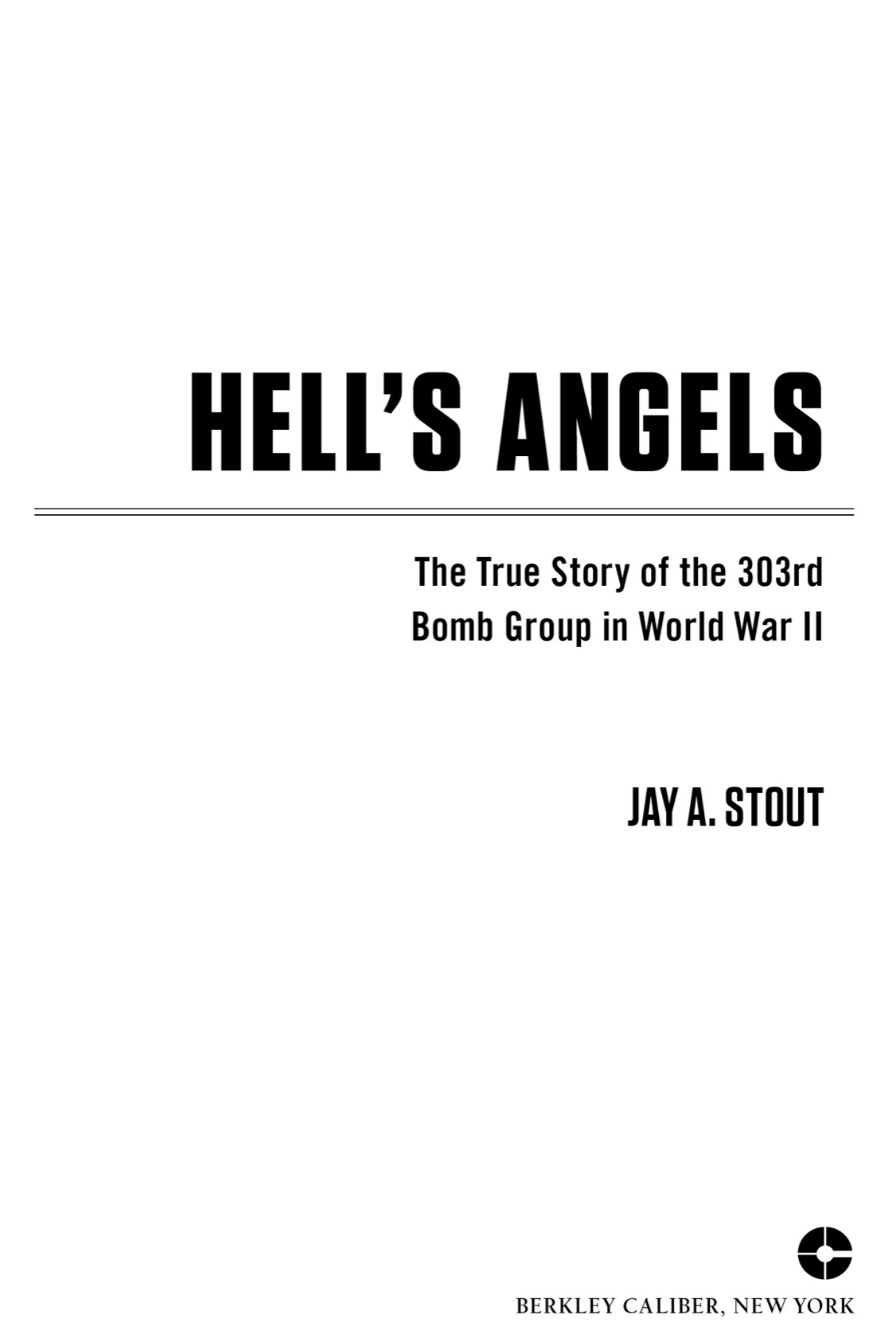THE BERKLEY PUBLISHING GROUP
Published by the Penguin Group
Penguin Group (USA) LLC
375 Hudson Street, New York, New York 10014

USA Canada UK Ireland Australia New Zealand India South Africa China
penguin.com
A Penguin Random House Company
This book is an original publication of The Berkley Publishing Group.
Copyright 2015 by Jay A. Stout
Penguin supports copyright. Copyright fuels creativity, encourages diverse voices, promotes free speech, and creates a vibrant culture. Thank you for buying an authorized edition of this book and for complying with copyright laws by not reproducing, scanning, or distributing any part of it in any form without permission. You are supporting writers and allowing Penguin to continue to publish books for every reader.
BERKLEY CALIBER and its logos are registered trademarks of Penguin Group (USA) LLC
eBook ISBN: 978-0-698-15469-8
Library of Congress Cataloging-in-Publication Data
Stout, Jay A., date.
Hells Angels : the true story of the 303rd Bomb Group in World War II / Jay A. Stout.First edition.
p. cm.
ISBN 978-0-425-27409-5
1. United States. Army Air Forces. Bomb Group, 303rd. 2. World War, 19391945Aerial operations, American. 3. World War, 19391945CampaignsWestern Front. 4. World War, 19391945Regimental historiesUnited States. I. Title.
D790.253303rd .S76 2015
940.54'4973dc23
2014029582
First edition: January 2015
Jacket design by Diana Kolsky.
Jacket photos: Knock-Out Dropper courtesy of USAAF via Steven Mace; Map and plane courtesy of USAAF.
While the author has made every effort to provide accurate telephone numbers and Internet addresses at the time of publication, neither the author nor the publisher is responsible for errors, or for changes that occur after publication. Further, the publisher does not have any control over and does not assume any responsibility for author or third-party websites or their content.
Version_1
Harry Gobrechtwriter, historian and combat pilotdid more than anyone to preserve the legacy of the 303rd. He also flew thirty-five combat missions with the 303rd as part of the bloodiest air campaign in history. This book is dedicated to his memory.
CONTENTS
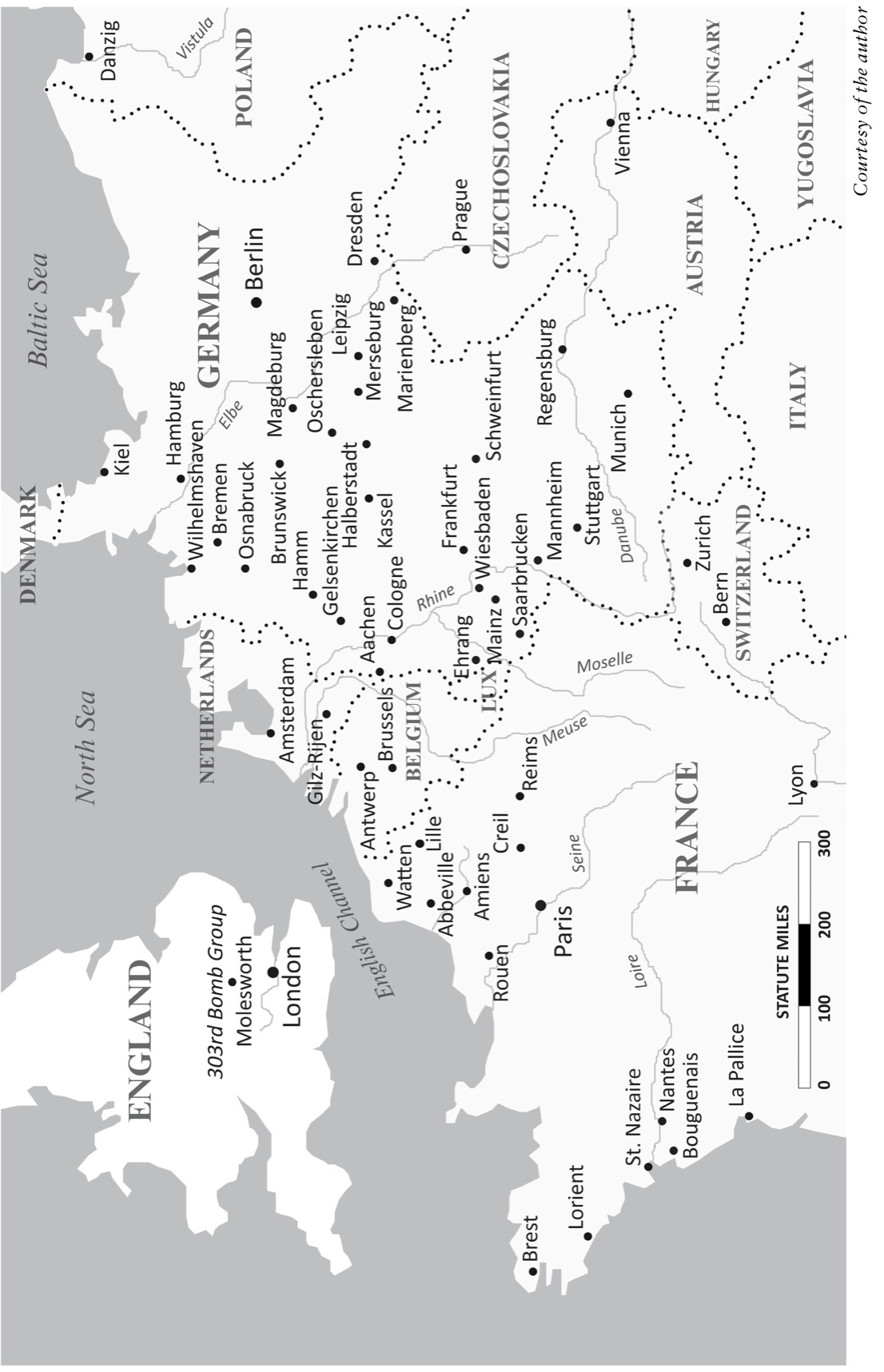
INTRODUCTION
I surely wish this was all over and we could be thinking about coming home but there is a long hard job ahead yet and there will probably be no going home for many. I just hope that the people back there realize what everyone is going through for them.
Letter home, John McGarry, February 1944
ROBERT HALLIGAN STEPPED OUT of the familiar sweat-and-oil-and-cigarette stink of the dispersal tent and into the fresh, gray wet of the English morning. Only a handful of the 303rds B-17s were visible through the fog. The gray blanket likewise muffled the aircraft-readying noises made by hundreds of maintenance men and their equipment as they prepared more than three dozen bombers for the days mission.
There had been a mix-up in aircraft assignments, but it was finally settled that the John McGarry crew would fly Spirit of Flak Wolf to Marienburg, Germany; Halligan was the crews navigator. The big ship hulked on its hardstand directly in front of him. Halting rivulets of water traced paths down its sides and gave it a muscular sleekness. Halligan watched the bombers crew chief walk one of the four propellers through several revolutions to redistribute the oil that had drained into the lower cylinder heads overnight.
Swaddled in layers of flying gear, Halligan clumped to the forward access hatch under the nose of the B-17. He tossed his musette bag through the dark hole, grasped the edge of the opening and swung himself up and into the aircraft. His entry was fluid and easy. Experience had done that. The first time he tried to pull himself through the doorduring training back in the Stateshe flailed and scrabbled and collapsed back to the ground in an embarrassed, out-of-breath heap.
Inside, Halligan collected the bag and ducked onto the narrow catwalk that ran beneath the pilots compartment. Behind him he heard footfalls and the clanking of metal on metal as the other crewmen readied the equipment at their positions. As big as it was, Spirit of Flak Wolf still juddered gently as the men moved about and positioned their gear. Their voices were indistinct mutters that betrayed no emotion despite the fact that the mission was to be the 303rds longest yet.
It would be Halligans twenty-fifth mission. Had it been just a few months earlier it would have been his last. But just lately the required mission count had been raised to thirty. Halligan wasnt angry. Rather, he was resigned. In fact, he had been resigned for a long time. But it wasnt a giving-up sort of resignation; rather, it was an acceptance of fate. Whether he died or lived depended not only on his skill and that of his crewmates but also to an enormous degree on considerations over which none of them had control. On luck. Regardless, he was resolved to do his besthe owed it to himself and to his comrades.
Still, the odds seemed to be closing on the McGarry crew. Of the previous twenty-four missions, the men returned to Molesworth with all four engines running on only four. Flak, fighters and mechanical gremlins dogged the crew on virtually every sortie.
Halligan settled himself at the little desk mounted to the left bulkhead of the aircrafts nose. There, he arranged his charts and checked them against the notes he had taken during the early morning briefings. Spirit of Flak Wolf was slated to fly near the rear of the formation and consequently, barring a catastrophe, the responsibility for getting to the target would not fall to him. However, it was imperative that he be continuously aware of the aircrafts position. He had to be ready to give McGarry an accurate heading home in the event the ship was separated from the rest of the 303rd.
Kenneth Foe, the bombardier, stepped up from the catwalk and into the nose with Halligan. The two men were joined by the sort of bond created only by shared terror. Together, in the glass-and-aluminum cage that was the nose of the aircraft, they had fought enemy fighters, endured flak and sweated out mechanical failures that could have forced them down over enemy territory, or worse, into the icy North Sea. Too many times they had turned to each other when their very survival was at stake. And although their faces were clamped under oxygen masks and goggles, their eyes had unerringly communicated the fear they both felt.
Halligan and Foe checked the four .50-caliber machine guns for which they were responsible. They heard McGarry and the copilot, Willie Cotham, in the pilots compartment above and behind them. The flare signaling the time for starting engines was due momentarily. Halligan looked out through the water-spotted glass of the nose and noted that the visibility had not appreciably improved.
There was the flarea streak of yellow that disappeared immediately into the clouds. McGarry shouted and signaled through the window on the left side of the cockpit, and Halligan saw the crew chief nod and raise a thumb from where he stood outside in the wet. Two other ground crewmen stood ready with fire extinguishers. There was a murmured command in the cockpit, and then the left outboard enginenumber onewhined and ticked as it slowly wound the propeller through two or three faltering revolutions. Then, the engine coughed blue smoke, caught and settled into a smooth, syrupy rumble that spun the propeller into a translucent disc. A low, vibrating growl thrummed across the airfield as the rest of the groups B-17s came to life.

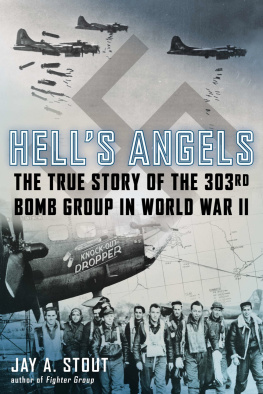
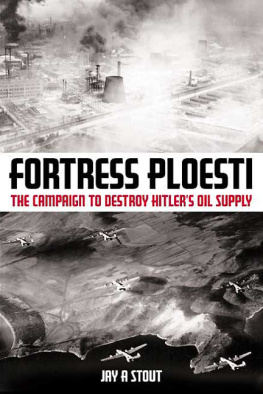


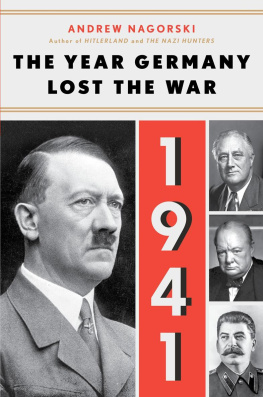
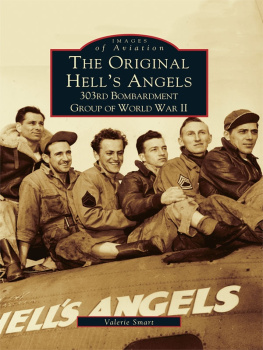
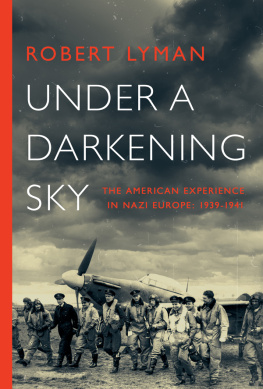

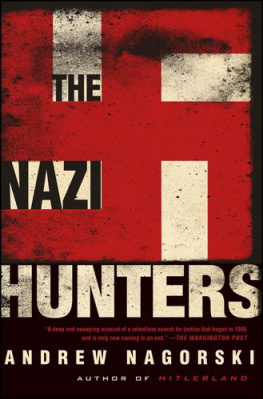
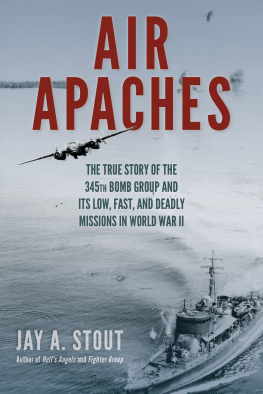
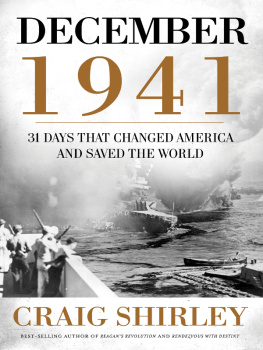

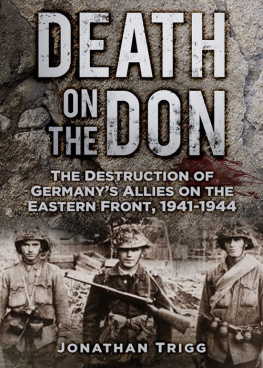
![Russell - Leaping The Atlantic Wall - Army Air Forces Campaigns In Western Europe, 1942-1945 [Illustrated Edition]](/uploads/posts/book/94591/thumbs/russell-leaping-the-atlantic-wall-army-air.jpg)
